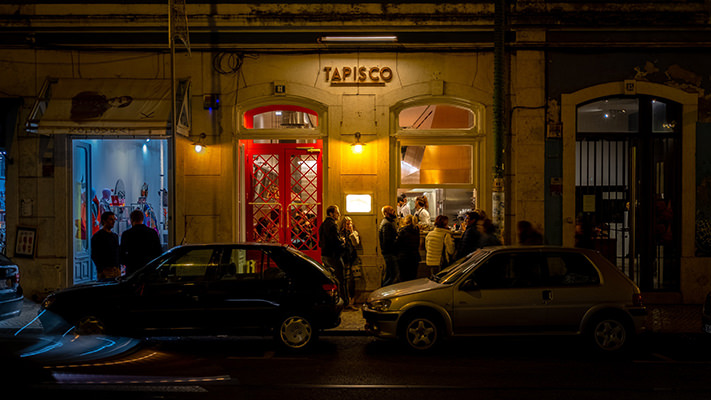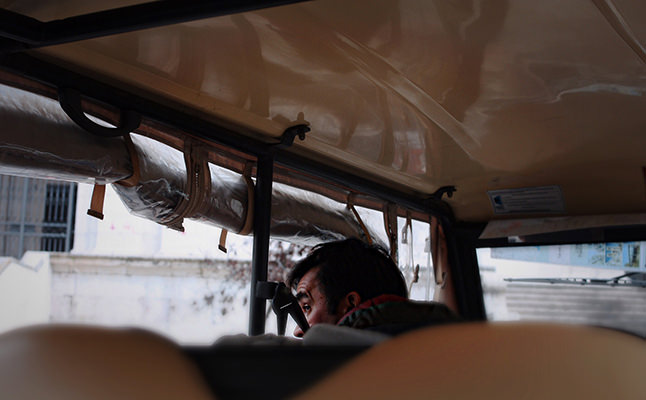From 2016 until 2019, Random Institute ran the curatorial program of the international contemporary art center Despacio in San José, Costa Rica.
This site was coded by Sarvesh Dwivedi and Emmanouil Zoumpoulakis and designed by Sandino Scheidegger.
It all ends where it started. In your head.
We presented a set of new forms of exhbition models and how curating can explore unusual places far off the institutional map – alongside the curators João Mourão & Luis Silva (Kunsthalle Lissabon), Marina Fokidis (documenta), Vincent Honoré (David Roberts Art Foundation), and Anne Barlow (Art in General).
June 4th in Lisbon.
ThoughtsThoughts
Your curatorial practice is known for exploring unusual places and atypical exhibition formats. Where does this original approach come from?
Random Institute’s mission changes with each project. Since I’m not accountable to anyone, I can build Random Institute around my own interests and inspiration. This has been the case since day one, when I founded it with my friend Luca Müller. When we’re all about getting onto a cargo boat across the Atlantic, then we set things in motion to make it happen. If we want to stay home and write a book, then we write a book. It’s as simple as that: our curatorial practice mirrors our curiosity.
Our starting point is this: we don’t just ask artists to do an exhibition, we collaborate with them to find the best possible outlet for showing their work. And it turns out that exhibitions are often only one of many possibilities. As curators, our job is to give shape to an exhibition by navigating a field of conflicting needs and desires: the public’s, the art’s, the artist’s, and the institution’s.
Curation can be a balancing act just as it can be a subtractive process. Cutting out one of the parties involved can bring wonderfully new exhibition formats into being – let’s just call them exhibitions for lack of a better term. This has been Random Institute’s approach for the last decade, and of course some of the exhibitions I curated for Despacio bore similar hallmarks. If I had to sum things up, I’d say that a curator should come in looking to find the best possible form for exhibiting the artist’s work.
InformationInformation
The talk took place on June 4, 2016 at ARCO in Lisbon.
Photos by Eleonora Giannetto and Ben Hope.



